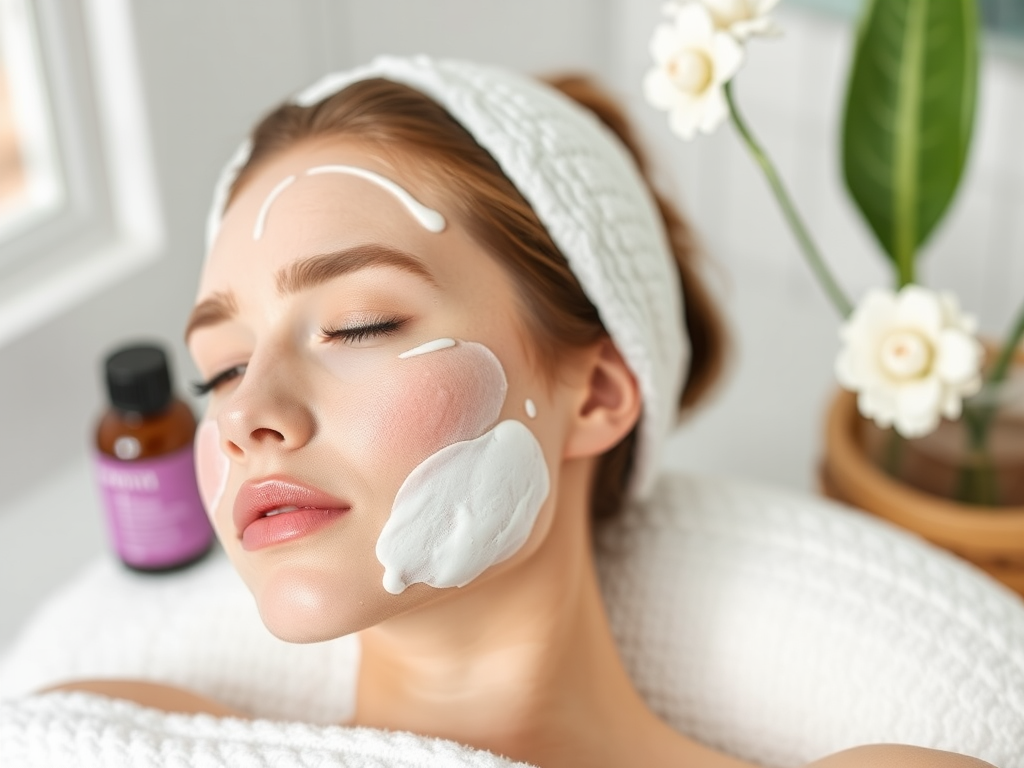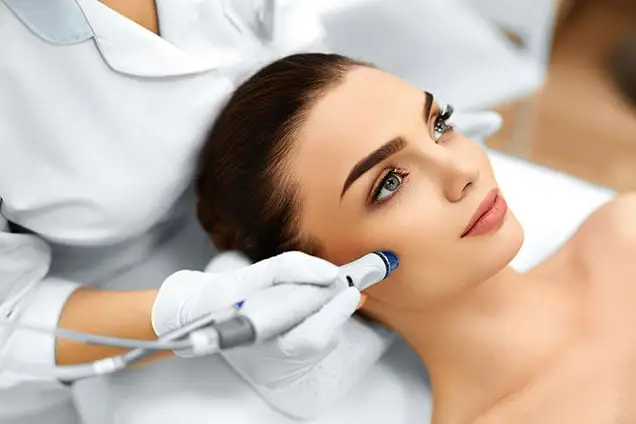Skin cancer incidents continually rise globally, with ultraviolet (UV) radiation exposure being the primary culprit. Fortunately, adopting preventive actions like limiting sun exposure, wearing protective clothing, and applying sunscreen can significantly decrease the risk of developing skin cancer.
Key Takeaways
- Skin cancer rates escalate worldwide, but many cases remain preventable.
- Proper sun-protective attire, such as long-sleeved shirts, pants, hats, and sunglasses, plays a crucial role in shielding your skin from harmful UV rays.
- Regularly apply a broad-spectrum sunscreen with an SPF of 30 or higher and reapply every two hours when exposed to the sun.
- Seek shade during peak sunlight hours, typically between 10 a.m. and 4 p.m., to reduce UV exposure.
- Avoid tanning beds and sunlamps, as they significantly heighten the risk of skin cancer and premature skin aging.
I recommend taking these preventive measures seriously to safeguard your health and reduce the chances of developing skin cancer. A little diligence goes a long way in mitigating the risks associated with UV exposure.
The Alarming Rise of Skin Cancer
A Growing Threat
Skin cancer has become a significant health concern, with cases on the rise globally. The World Health Organization reports that between 2 and 3 million non-melanoma skin cancers and 132,000 melanoma skin cancers occur annually worldwide (WHO). These concerning figures underscore the urgency for raising awareness and promoting preventive measures.
A Preventable Problem
While skin cancer incidence rates are increasing, it’s important to recognize that many cases are preventable. Here are some key points that highlight the need for vigilance:
- Exposure to ultraviolet (UV) radiation from the sun is the primary cause of most skin cancers (American Cancer Society).
- I strongly recommend limiting sun exposure, especially during peak hours, wearing protective clothing, and using sunscreen regularly to mitigate risk.
By understanding the gravity of this issue and taking proactive steps, individuals can significantly reduce their chances of developing skin cancer and safeguard their health.
https://www.youtube.com/watch?v=eDWxomOWIxM
Understanding Your Risk Factors
Unavoidable Risks
As you grow older and your skin becomes more delicate, your chances of developing skin cancer rise. Those with lighter complexions have less melanin, a natural defense against harmful UV rays. A history of severe sunburns, particularly during childhood, significantly increases susceptibility. If close relatives had skin cancer, your genetic predisposition amplifies the risk. Certain medical conditions like xeroderma pigmentosum hinder the body’s ability to repair sun-damaged DNA (Stanford Health Care).

Protecting Your Skin: A Comprehensive Approach
Dressing for Sun Safety
Proper sun-protective attire plays a vital role in shielding your skin from harmful UV rays. I recommend wearing lightweight, long-sleeved shirts and pants made of tightly woven fabrics with Ultraviolet Protection Factor (UPF) labels. Complement this with a wide-brimmed hat and wraparound UV-blocking sunglasses for comprehensive coverage.
Sunscreen: Your Daily Defense
Applying a broad-spectrum sunscreen with an SPF of 30 or higher is crucial. A nickel-sized amount should be generously applied to exposed areas, including often-neglected spots like the ears, lips, and back of the neck. Remember to reapply every two hours, especially after swimming or excessive sweating. Look for sunscreens containing zinc oxide or titanium dioxide, which offer superior protection against both UVA and UVB rays (according to the Skin Cancer Foundation).
Seeking Shade Strategically
Make it a habit to seek shade during peak sunlight hours, typically between 10 a.m. and 4 p.m. Utilize natural sources like leafy trees or artificial ones like umbrellas or canopies. This simple step can significantly reduce your UV exposure and lower your risk of skin damage.
https://www.youtube.com/watch?v=sTvUtqM1Uc0

Avoiding Artificial UV Exposure
Tanning Beds: A Significant Risk
I strongly advise against using tanning beds and sunlamps. Studies from the American Academy of Dermatology show these devices significantly increase the risk of developing skin cancer. UV radiation from these artificial sources causes premature aging and damages skin cells, leading to potentially deadly melanoma. Opt for safer alternatives like self-tanning lotions or spray tans. They provide a natural-looking glow without exposing you to harmful UV rays.
Early Detection is Key
Perform Monthly Skin Self-Exams
I recommend conducting thorough skin self-exams monthly using the “ABCDEs” of melanoma. This technique helps identify potential signs of skin cancer early. Look for asymmetry (one half unlike the other), border irregularity (ragged, blurred edges), color variation (different shades or colors within the spot), diameter (greater than a pencil eraser), and evolution (changes in size, shape, or color over time).
Regular Dermatologist Visits
Visiting a dermatologist regularly is crucial, especially for those with risk factors like fair skin, a history of excessive sun exposure, or a family history of skin cancer. Dermatologists are trained to recognize early signs of skin cancer that may be missed during self-exams. They can also recommend personalized screening schedules based on your specific risk profile.
Lifestyle Habits for Skin Health
Nourishing Your Body
Fueling your body with an antioxidant-rich diet loaded with brightly colored fruits, vegetables, and whole grains can significantly boost your skin’s defenses against cancer. This approach stems from studies published in Cancer Epidemiology, Biomarkers & Prevention, indicating that diets high in antioxidants may reduce the risk of certain cancers, including melanoma. I recommend incorporating vibrant produce like berries, leafy greens, and tomatoes into your daily meals.
Exercise is another crucial lifestyle factor. As outlined in research from The Journal of the American Medical Association, regular physical activity lowers overall cancer risk by improving immune function and reducing inflammation. I suggest aiming for at least 150 minutes of moderate aerobic activity or 75 minutes of vigorous exercise per week, combined with strength training sessions.

Sources:
American Academy of Dermatology
UCLA Health
Feinstein Dermatology
University of Alabama at Birmingham
Frank’s Dermatology

“Book your appointment today and meet your private dermatologist Prof. Dr. med. Kirsten Böhm in Berlin? ”
(click on image)
Skin cancer cases are increasing rapidly worldwide, and malignant melanoma is among the most aggressive due to its fast spread through the lymphatic and blood systems. However, regular screenings and awareness significantly improve early detection and successful treatment.
Dr. Kirsten Böhm, a Berlin-based dermatology specialist with nearly two decades of experience in her practice and at Charité, shares valuable insights based on her expertise in diagnostic knowledge.
Here are key tips from dermatologists to stay sun-safe and reduce your skin cancer risk:
1. **Regular Skin Check-Ups**: Each spot is examined with 10x magnification under polarized light. Digital video technology tracks unusual moles, ensuring early detection of potential malignancies.
2. **Sun Protection**: Consistently use broad-spectrum, high-SPF sunscreen, reapplying every two hours or more if swimming or sweating. Seek shade and wear protective clothing, hats, and sunglasses.
3. **Avoid Tanning Beds**: Tanning beds expose skin to high UV radiation, significantly increasing skin cancer risk, including malignant melanoma. It’s best to avoid them entirely.
4. **Beware Childhood Sunburns**: Childhood sunburns are a known risk factor for developing melanoma later. Ensure children are adequately protected from the sun.
5. **Self-Examination**: Regularly examine your skin to familiarize yourself with moles and spots, making it easier to notice changes. Early detection improves treatment success.
6. **Consultation and Treatment**: If a mole appears suspicious, consult a dermatologist immediately. Procedures like surgical removal of dysplastic moles and histopathological examination are essential. Dr. Böhm emphasizes discussing results in detail for patient understanding.
Following these dermatologists’ tips and staying vigilant with self-care and protection measures can significantly reduce your skin cancer risk, supporting early detection and effective treatment. If you’re in Berlin or nearby, book an appointment with Dr. Kirsten Böhm for a professional skin check-up – a proactive step towards maintaining your skin health. Visit her website at [drkirstenboehm.de/kontakt/] for more information or to arrange a visit.
Text für Post: LINKEDIN
Skin cancer rates are rising worldwide, but many cases are preventable by limiting UV exposure. The World Health Organization recommends wearing protective clothing, regularly applying broad-spectrum sunscreen SPF 30+, seeking shade during peak sunlight hours, and avoiding tanning beds to reduce risk.
Text für Post: FACEBOOK
Skin cancer rates 🌡️ are rising globally, according to the World Health Organization, with millions of cases occurring annually. However, taking preventive measures like wearing protective clothing 👕, applying sunscreen ☀️, seeking shade, and avoiding tanning beds can significantly reduce the risk. Regular self-exams and dermatologist visits are also advised for early detection.
Text für Post: INSTAGRAM
Skin cancer rates soar globally, but many cases are preventable 🌞 The @WHO advises limiting UV exposure by wearing protective clothing, regularly applying broad-spectrum SPF 30+ sunscreen, seeking shade during peak hours, and avoiding tanning beds. ⚠️ Monthly self-exams and regular dermatologist visits are also recommended.
Text für Post: X/TWITTER
WHO: Up to 3M non-melanoma & 132K melanoma skin cancers occur yearly worldwide ☀️ Wear protective clothing, use sunscreen SPF 30+, seek shade 10am-4pm, avoid tanning beds 🚫 Do self-exams & see dermatologist regularly for prevention 👀 Eat antioxidants & exercise for skin health


